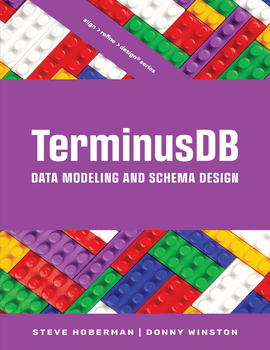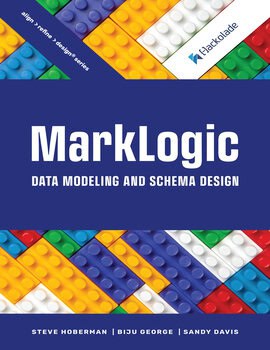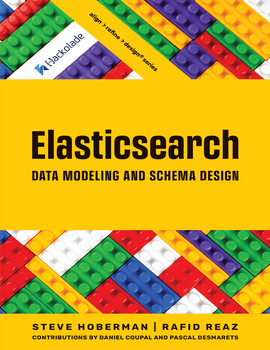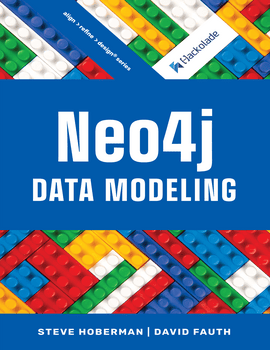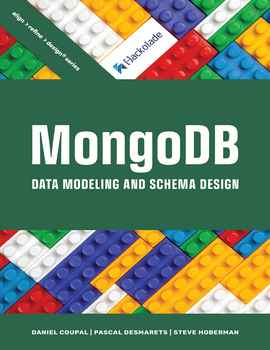TerminusDB Data Modeling and Schema Design
The Align > Refine > Design Series, by Steve Hoberman and industry experts
The Align > Refine > Design series covers conceptual, logical, and physical data modeling (schema design and patterns) for leading technologies, combining proven data modeling practices with database-specific features to produce better applications.
Topics
Introduction: About Data Models
Data model explanation
Three model characteristics
Precise
Minimal
Visual
Three model components
Entities
Relationships
Attributes (and keys)
Three model levels
Conceptual/Business terms (Align)
Logical (Refine)
Physical (Design)
Three model perspectives
Relational
Dimensional
Query
Chapter 1: Align
Purpose
Our animal shelter
Approach
Step 1: Ask the six strategic questions
Step 2: Identify and define the terms
Step 3: Capture the relationships
Step 4: Determine the visual
Step 5: Review and confirm
Three tips
Three takeaways
Chapter 2: Refine
Purpose
Approach
Step 1: Apply elicitation techniques
Analyze workloads
Quantify relationships
Step 2: Refine queries
Step 3: Capture attributes and relationships
Three tips
Three takeaways
Chapter 3: Design
Purpose
Approach
Step 1: Select database(s)
Step 2: Add secret sauce
Step 3: Optimize
Support for both document- and graph-oriented queries
Subdocuments and “unfoldable” documents
Git-like collaboration features
Compact in-memory representation
Sharding via data products
First-class relationships
Multiple inheritance / “mixins”
Collection-valued property ranges
Three tips
Three takeaways
About Steve
Steve Hoberman is a world-recognized innovator and thought-leader in the field of data modeling. He has worked as a business intelligence and data management practitioner and trainer since 1990. He is the author of Data Modelers Workbench and Data Modeling Made Simple, the founder of the Design Challenges group and the inventor of the Data Model Scorecard®.
About Donny
Donny Winston is an independent research data engineer working to make research organizations more effective by shifting data management practices from lumpy, bibliographic models to more fine-grained, query-oriented models through designing and deploying FAIR digital objects and services. He is the owner and principal of Polyneme LLC, a co-founder of the FAIR Points event series, and host of the Machine-Centric Science podcast.
Faculty may request complimentary digital desk copies
Please complete all fields.
